The Milhaedam Wheat Noodle House, designed by SPACE DOT, is more than a dining venue—it is an immersive, sensory narrative that translates the essence of wheat and noodles into architectural form. Located near Busan Station, this project was born from a singular design directive: to create a premium noodle house focused entirely on the story of wheat and noodles, without relying on clichés about Busan or its regional identity. This foundational idea set the tone for an introspective and poetic design process, where material, form, and space align to express the quiet power of purity and craft.
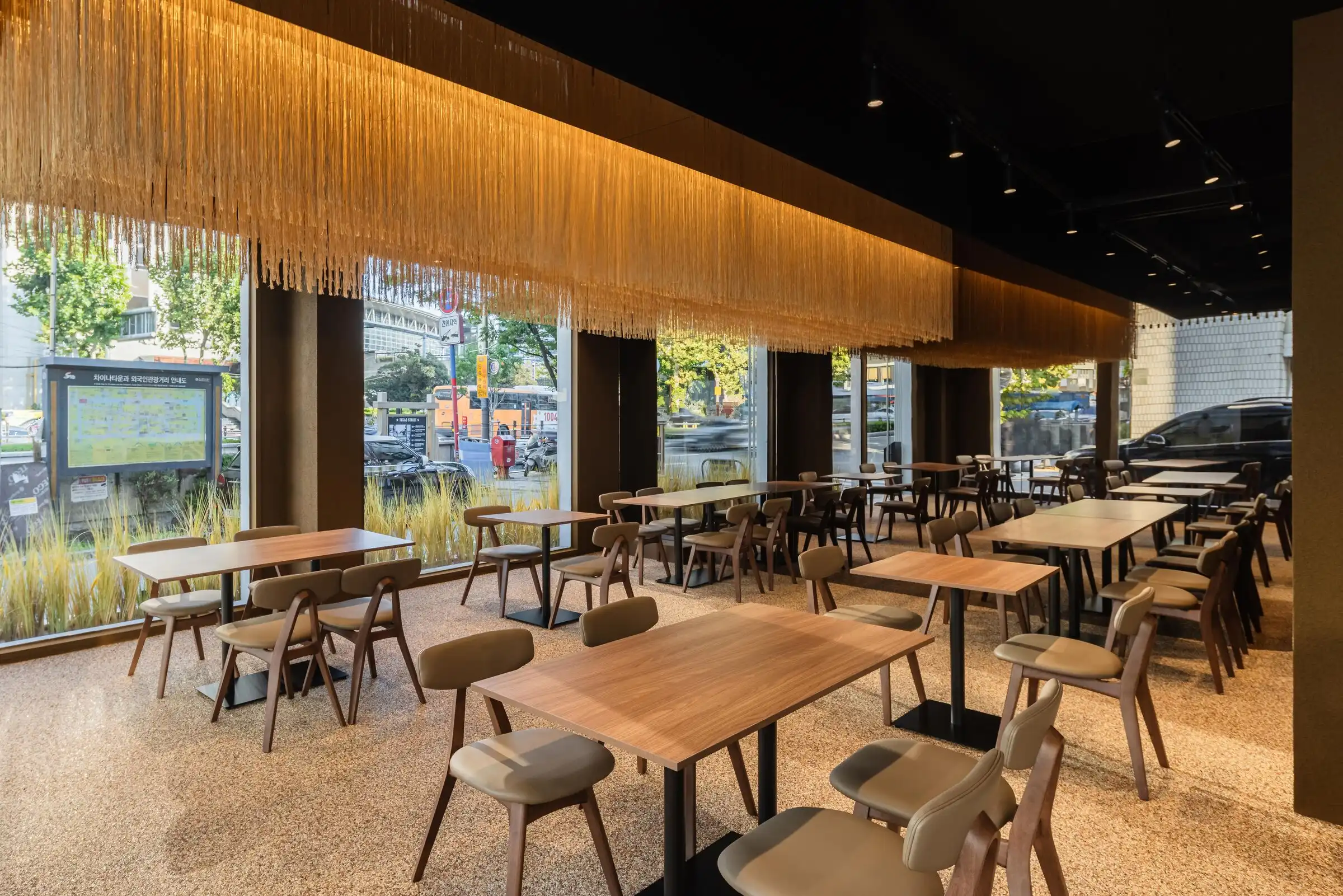
A Spatial Interpretation of Wheat and Noodles
Rather than leaning on decorative motifs or symbolic gestures, the architects undertook a deep investigation into the lifecycle of noodles—from grain to flour to finished dish. Through repetitive tastings, hands-on observation, and reflection, the team sought ways to reinterpret these tangible experiences into architectural language. This process began with wheat in its raw, solid grain form and followed its transformation into fine flour, and ultimately, delicate noodles.
This exploration informed the design of every element in the space—from the building’s sculptural façade to the tactile finishes of the interior. The exterior features a vertical rhythm of soft curves, inspired by noodles emerging from a mixer. These repeated lines serve not only as a visual motif but also as a symbolic introduction to Milhaedam’s narrative, inviting visitors into a world where every design choice is rooted in intention and storytelling.
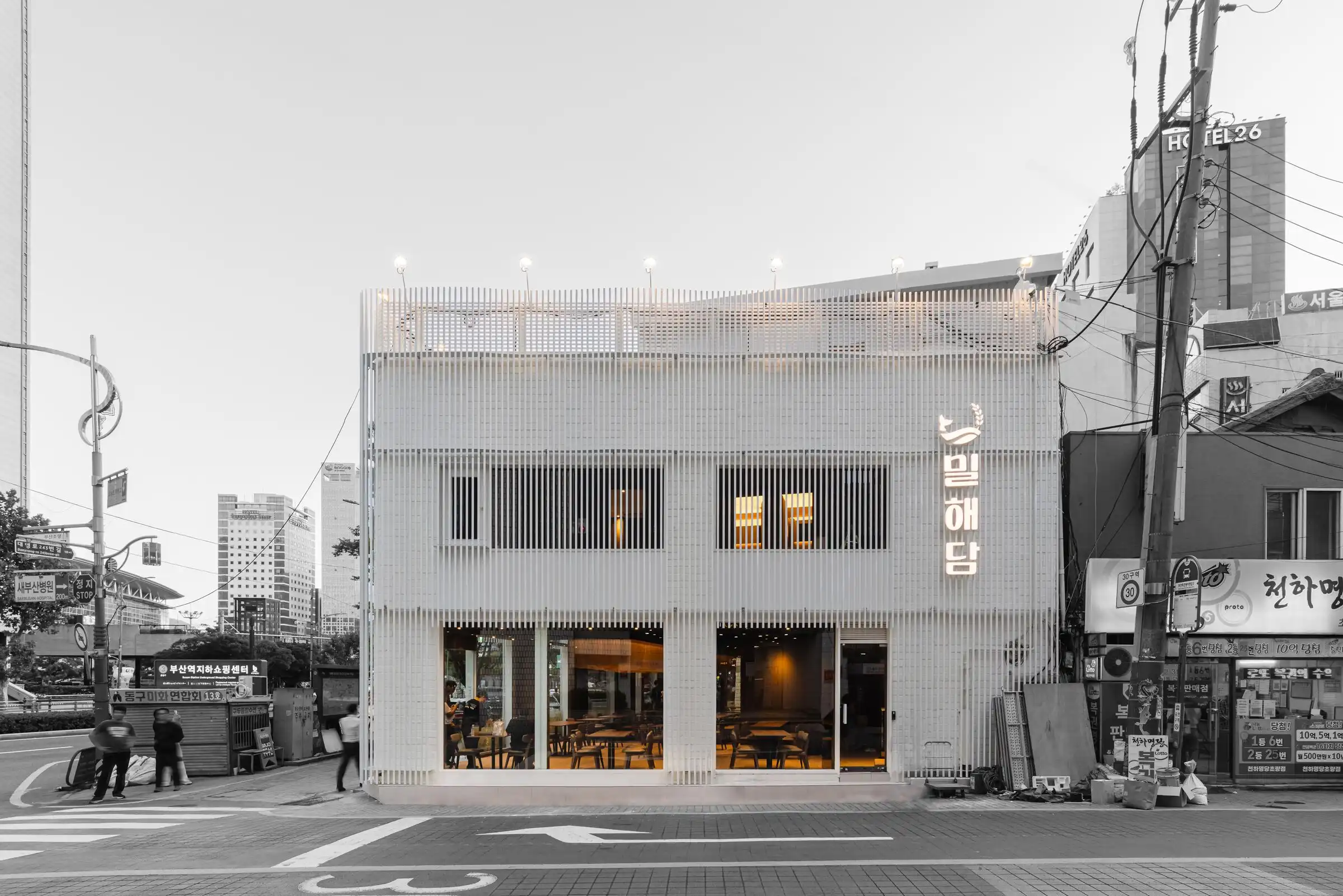
Interior as Culinary Landscape
The spatial journey begins on the first floor, which is designed entirely as a dining space. Rather than relying on opulence or over-decoration, the design embraces minimalism with a layered material palette that evokes the textures and tones of wheat. The ceiling is painted in matte black to reduce visual noise and allow focal elements to stand out. At the heart of the room hangs a sculptural fabric installation—its soft, flowing form and warm hue subtly recalling freshly made milmyeon (wheat noodles) in motion. This gesture becomes the emotional and aesthetic centerpiece of the room.
The flooring, finished in natural pebble aggregate, brings in a sense of calm and grounding, while the walls feature hand-applied coatings with a grainy, irregular texture—reminiscent of freshly milled flour. These subtle, imperfect surfaces echo the organic origins of the ingredients and underscore the handcrafted ethos of the restaurant.
The staircase to the second floor continues this tactile narrative, using the same finishes to create material continuity and a calm, meditative atmosphere throughout the space. Rather than abrupt transitions, the design encourages a smooth, intuitive flow that reflects the seamlessness of noodle-making itself.
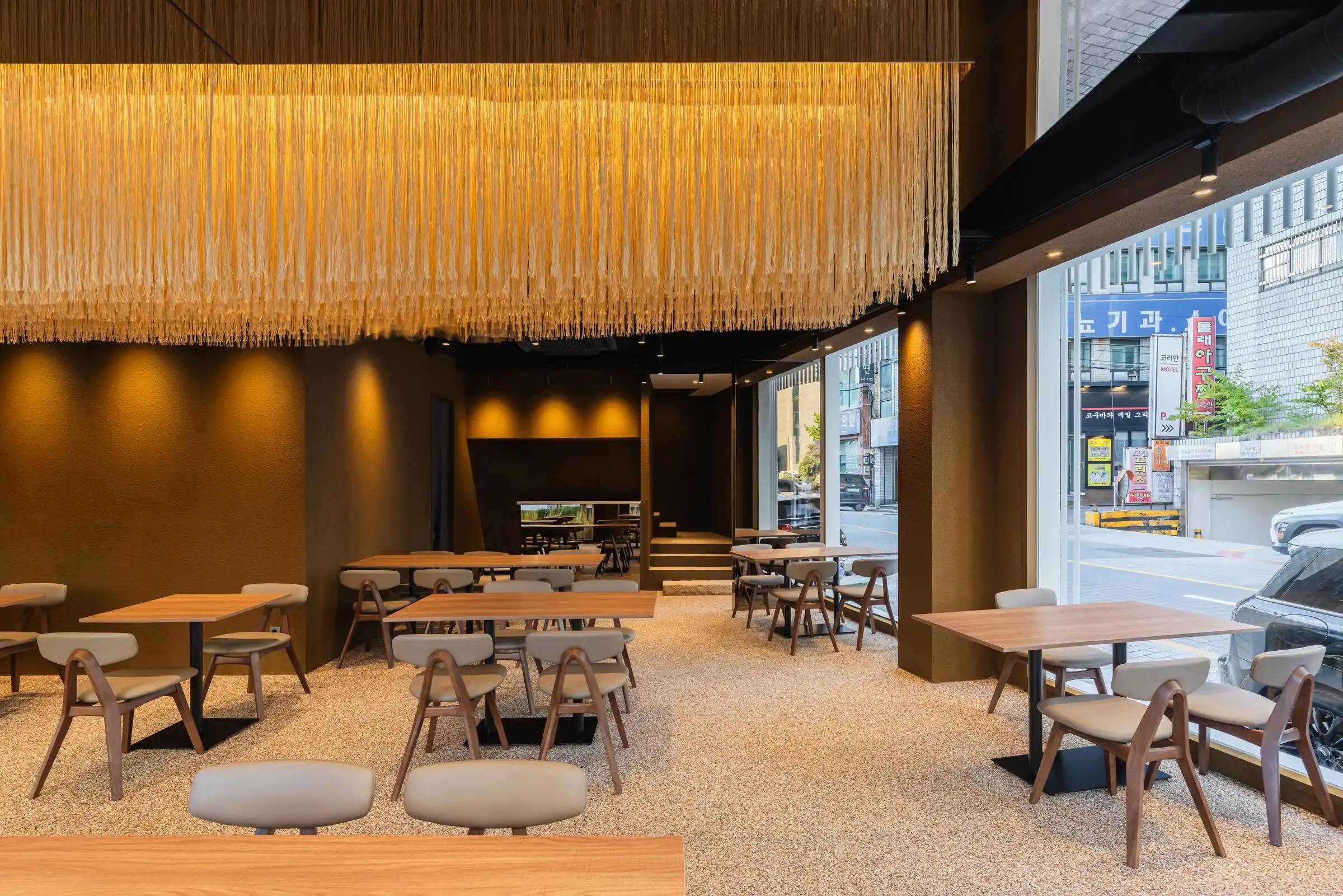
Designing for Comfort, Flow, and Stillness
Beyond aesthetics, the architects placed significant emphasis on psychological comfort and usability. From ergonomic stair dimensions to generously spaced tables, every detail has been considered with user experience in mind. Circulation paths for staff and customers were strategically separated, ensuring a smooth, undisturbed dining experience. The result is a space that feels calm, clean, and intentional—qualities that echo the restaurant’s philosophy of focused simplicity.
This human-centered approach underscores the belief that design begins with intuitive understanding, not just visual appeal. In doing so, SPACE DOT ensures that both first-time visitors and returning locals can relax and connect within a space that is deeply aligned with the story it tells.
A Story Beyond Place
While Milhaedam is rooted in the heart of Busan, the project intentionally resists overt regional symbolism. Instead, it speaks a universal language of craftsmanship, material honesty, and culinary respect. The architecture does not shout its presence; rather, it whispers with grace, allowing diners to be absorbed into the ambiance without distraction.
From its delicately curved façade to the warm, textural interiors, Milhaedam is a celebration of process and product—a meditation on how something as humble as a bowl of noodles can inspire architecture that is both sensory and soulful. It aims to offer travelers a memorable culinary landmark at the edge of their journey, and locals a daily space of quiet beauty.
Photography: Yoon Taehoon
- Busan restaurant design
- Calm and meditative space
- Contemporary Korean architecture
- Culinary architecture concept
- Ergonomic restaurant design
- Fabric installation art
- Flow and circulation in architecture
- Food culture inspired design
- Handcrafted architectural details
- Korean noodle house architecture
- Material storytelling in architecture
- Milhaedam Wheat Noodle House
- Minimalist restaurant interior
- Natural pebble aggregate flooring
- Quiet and intentional spaces
- Sculptural building façade
- Sensory architectural experience
- SPACE DOT architecture
- Textured natural materials
- Wheat-inspired design























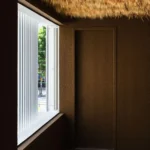

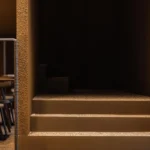

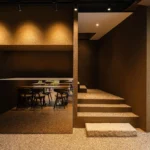
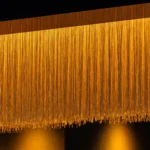
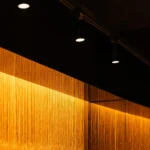
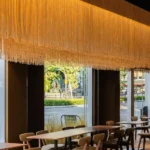
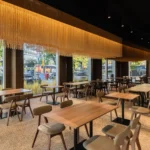
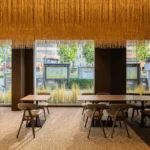
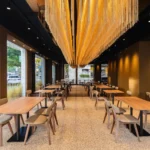
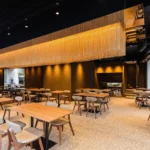
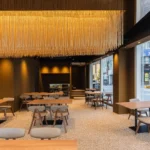
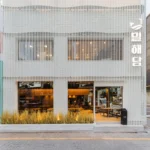
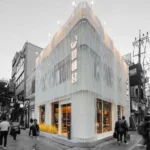
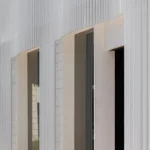

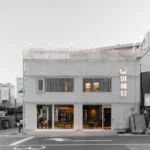
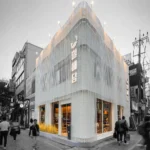
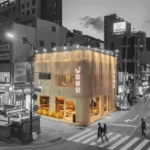







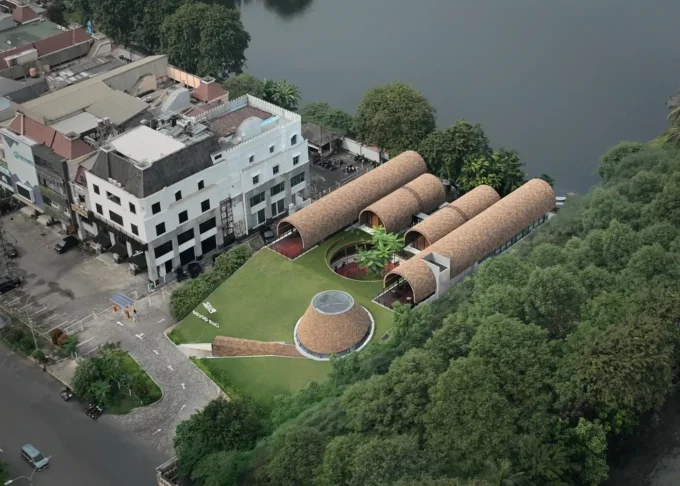





Leave a comment